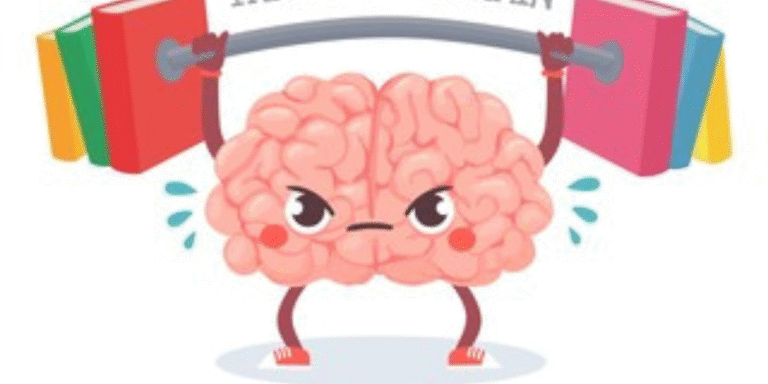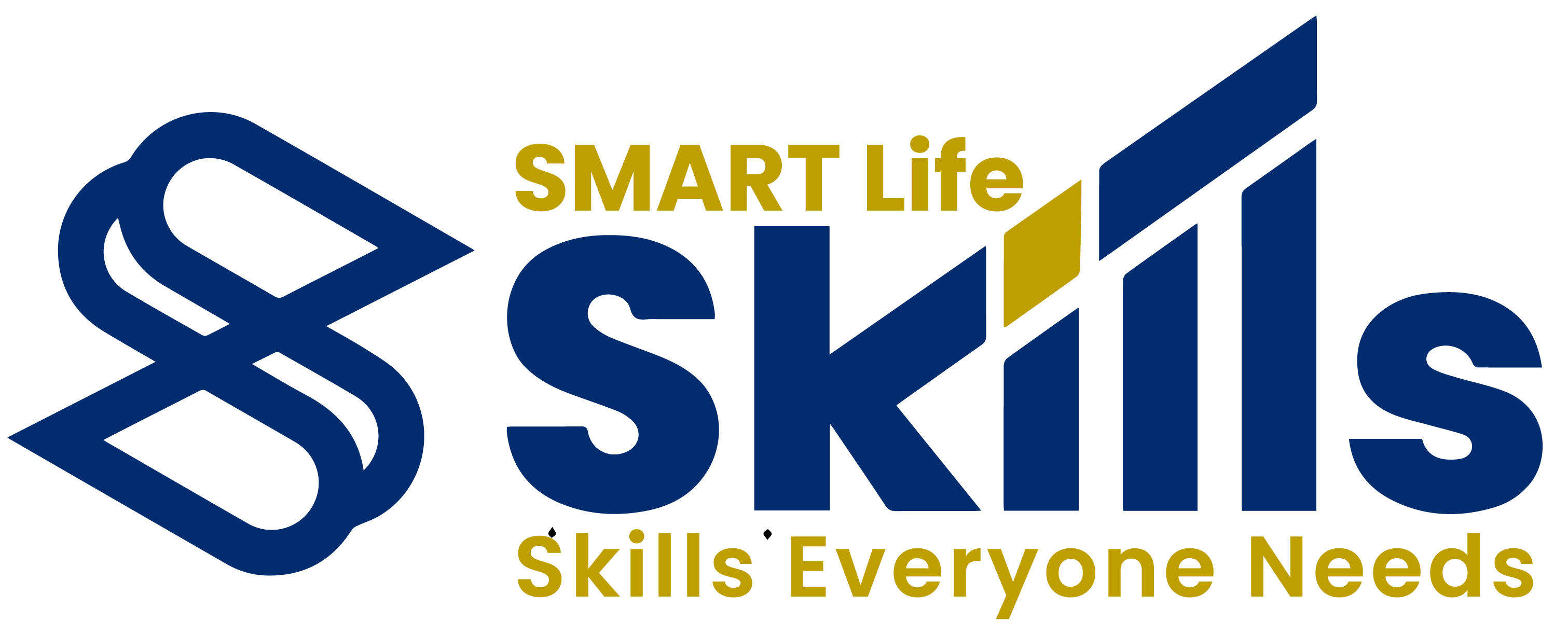In an era of digital overload and constant distractions, the ability to focus has become a prized cognitive skill. Whether you’re an undergraduate student preparing for exams, a professional tackling complex tasks, or simply someone seeking a more productive day, understanding the science behind focus and productivity can be transformative. This article explores the neuroscience and psychology of attention and offers practical strategies to train your brain for improved concentration and task management.
Understanding Focus and Executive Function
Focus is not merely a matter of willpower—it’s rooted in intricate brain mechanisms governed by attention systems and executive functions. Executive functions are high-level cognitive processes that enable goal-directed behaviour, such as planning, decision-making, and inhibiting distractions (Diamond, 2013). These processes are largely managed by the prefrontal cortex, the brain’s “CEO”.
According to Robison et al. (2025), the locus coeruleus-norepinephrine (LC-NE) system plays a vital role in regulating arousal and attention, enabling individuals to sustain focus and respond flexibly to environmental demands. When this system is finely tuned, cognitive performance peaks; when dysregulated, attention can fragment.
Why Is Focus So Difficult Today?
Modern environments are not designed for deep focus. The brain evolved to respond to novelty—each notification, message, or social media update hijacks attention. Mader et al. (2025) found that sleep deprivation, common among students and working adults, impairs attention and working memory. Sleep supports the consolidation of learning and the restoration of attentional networks.
Moreover, multitasking—a celebrated skill in modern culture—actually reduces efficiency and increases error rates. Neuroscientific studies confirm that the brain processes tasks serially, not in parallel (Medina, 2008). Switching between tasks incurs a “cognitive cost”, diminishing both speed and accuracy.
Training the Brain: Evidence-Based Techniques
1.0 Mindfulness Meditation
Mindfulness is the practice of intentionally paying attention to the present moment. Catlin (2025) explored how mindfulness training improves attention span and emotional regulation in adult learners. Regular meditation strengthens the anterior cingulate cortex and insula—regions associated with focus and emotional control (Tang, Hölzel & Posner, 2015).
2.0 Cognitive Training
Structured cognitive exercises—such as memory tasks, puzzles, and dual n-back training—enhance working memory and attention control. Marchenko (2025) showed that consistent mental training can prime the brain’s executive control network, increasing adaptability and focus.
3.0 Pomodoro Technique
This time-management method alternates focused 25-minute work sessions with short breaks. It prevents mental fatigue and encourages sustained concentration by capitalising on the brain’s natural rhythm of alertness.
4.0 Environmental Design
Minimising distractions through environmental control—such as turning off notifications, using noise-cancelling headphones, or creating a clutter-free workspace—can significantly increase attention (Goleman, 2013). Environmental triggers play a strong role in behavioural patterns.
Sleep, Exercise, and Nutrition: Pillars of Focus
Focus is not only mental; it’s physical. Mader et al. (2025) highlighted how chronic sleep deprivation disrupts executive functions and emotional regulation. A consistent sleep schedule and prioritisation of REM sleep can restore cognitive sharpness.
Regular physical exercise improves attention through neurochemical and structural brain changes. According to Judge et al. (2025), aerobic exercise boosts brain-derived neurotrophic factor (BDNF), supporting neuronal growth in areas linked to focus and memory.
Nutrition also matters omega-3 fatty acids, B vitamins, and hydration are essential for optimal cognitive function (Ratey, 2008). Highly processed diets, on the other hand, may impair memory and attention regulation.
Technology and Attention: Double-Edged Sword
Technology can both hinder and help our attention. Apps like Forest, Focusmate, or Notion utilise behavioural psychology principles—such as positive reinforcement and accountability—to encourage deep work. Yet unregulated technology use remains a top contributor to focus loss.
Ahire (2025) developed attention-driven deep learning models for diagnosing attention disorders in children using EEG. These technologies show promise in tailoring interventions to individual brain profiles, offering new ways to support attention training through neurofeedback.
The Role of Emotion and Motivation
Focus is intricately linked to emotion. When we’re anxious or emotionally overwhelmed, the amygdala hijacks prefrontal control, reducing our capacity for concentration. Emotionally engaging goals activate the dopaminergic system, enhancing persistence and drive (Lagun, 2025).
Setting meaningful, personally relevant goals improves task engagement and focus. Self-determination theory suggests that intrinsic motivation—driven by autonomy and purpose—has a stronger, more enduring impact on attention than extrinsic rewards (Ryan & Deci, 2000).
Creating a Brain-Friendly Routine
1.0 Start with Sleep – Prioritise 7–9 hours of high-quality sleep per night.
2.0 Plan with Purpose – Begin each day with 3 clear goals.
3.0 Schedule Breaks – Use techniques like Pomodoro to structure your work.
4.0 Move Often – Integrate short bursts of physical activity to reset focus.
5.0 Reflect and Refine – Keep a journal to track attention patterns and productivity.
Mastering the Skill of Focus
Staying focused is not about resisting distraction at every moment—it’s about training your brain to work with intention, not against temptation. As neuroscience and psychology demonstrate, attention is a trainable skill, not a fixed trait. By adopting habits that nourish both mind and body, anyone can unlock the capacity to get things done with clarity and purpose.
References
Catlin, M.Y. (2025). Mindfulness in Action: A Critical Reflective Self-Study. ProQuest. Link
Diamond, A. (2013). Executive Functions. Annual Review of Psychology, 64(1), 135–168.
Goleman, D. (2013). Focus: The Hidden Driver of Excellence. New York: Harper.
Judge, L.W., Moore, M., & Biddle, A. (2025). Enhancing Inclusivity in Sports: A Focus on Adaptive Synergy for Disabled Athletes. International Journal of Exercise Science. Link
Lagun, N. (2025). Lagun’s Law and the Foundations of Cognitive Drive Architecture. IJSRA. Link
Mader, E.C. Jr., Hyndych, A., & El-Abassi, R. (2025). The Role of Sleep and the Effects of Sleep Loss on Cognitive, Affective, and Behavioural Processes. Cureus. Link
Marchenko, K. (2025). The Neurobiology of Flow: How Consistent Training Primes the Brain for Peak Performance. KPI Repository. Link
Medina, J. (2008). Brain Rules: 12 Principles for Surviving and Thriving at Work, Home, and School. Seattle: Pear Press.
Robison, M.K., Torres, A.S., & Brewer, G.A. (2025). The Role of the LC-NE System in Attention: From Cells to Systems. Neuroscience & Biobehavioral Reviews. Link
Ryan, R.M., & Deci, E.L. (2000). Intrinsic and Extrinsic Motivations: Classic Definitions and New Directions. Contemporary Educational Psychology, 25(1), 54–67.
Tang, Y.-Y., Hölzel, B.K., & Posner, M.I. (2015). The Neuroscience of Mindfulness Meditation. Nature Reviews Neuroscience, 16(4), 213–225.









